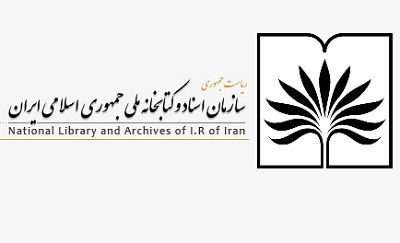Abstract
One of the important challenges of every nation is vitamin A deficiency which has serious side effects in children. There are approximately 8.2 million children age 2-4 suffering from clinical vitamin A deficiency. According to some studies, vitamin A deficiency rates in Iran have risen in many provinces; and improving this situation needs evidence-based policy making and implementation. The presented study is a scoping review that collects other countries’ experiences in reducing vitamin A deficiency, their policies’ efficiency, limitations, weaknesses and strengths. Our findings show that vitamin A deficiency-related policies can be classified into 4 groups: dietary supplement provision, food fortification, changes in diet, and health interventions. With considering the efficiency and strengths (for example the speed of supplements, sustainability of dietary changes or food fortification) and weaknesses (for example the dependability of supplements to external sources, or the high prices of food fortification and the local resistance towards the dietary changes) of these policies, the best solution is to use a mixture of all interventions and in their implementation process, we must consider the social structures of the local residences, community engagement, and evaluation of the process and the outcomes of the policy.
Language: Farsi/Persian



No responses yet